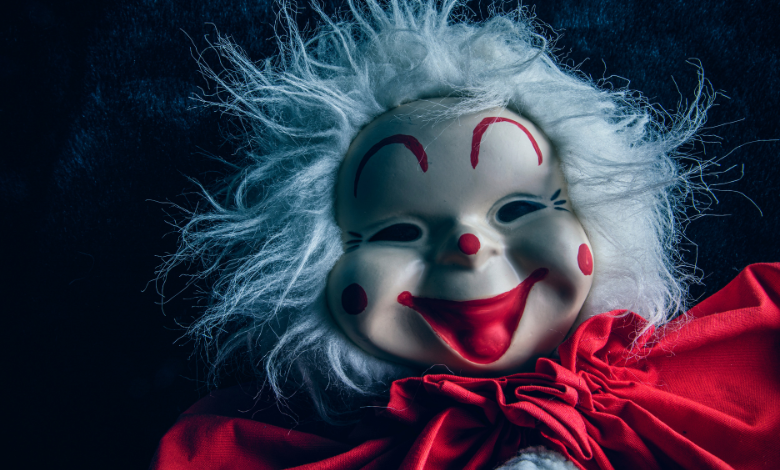Automatic111 renpy inpainting

Automatic1111, Ren’Py, and Inpainting: A Comprehensive Guide
Introduction
Artificial Intelligence (AI) and machine learning have transformed various industries, including gaming, digital art, and storytelling. Automatic1111 is one of the most widely used interfaces for Stable Diffusion, a powerful AI model for generating and modifying images. When combined with Ren’Py, a popular visual novel engine, it allows for the creation of immersive and visually stunning interactive stories. Inpainting, a technique for modifying or repairing parts of an image, plays a crucial role in refining game assets, character sprites, and backgrounds.
This article delves into the integration of Automatic1111, Ren’Py, and Inpainting, exploring how these technologies work together to revolutionize game development and digital storytelling.
Understanding Automatic1111 and Stable Diffusion
What is Automatic1111?
Automatic1111 is an advanced Stable Diffusion Web UI, which enhances the usability of Stable Diffusion by providing a browser-based interface with numerous features, including:
- Image generation from text prompts
- Image-to-image transformations
- ControlNet and depth mapping
- Inpainting and outpainting
- Batch processing
- Custom extensions and plugins
This interface makes it easier for artists, developers, and creators to generate high-quality AI images without extensive coding knowledge.
What is Stable Diffusion?
Stable Diffusion is a deep learning model designed for text-to-image generation. It allows users to create realistic or stylized images based on text descriptions. Some of its key advantages include:
- Open-source nature: Anyone can modify or extend its capabilities.
- High-quality image generation: Produces realistic and artistic images.
- Inpainting support: Enables users to edit specific portions of an image.
Ren’Py: The Visual Novel Engine
What is Ren’Py?
Ren’Py is a widely used visual novel engine designed for creating interactive stories with visual and audio elements. Its key features include:
- Scripting with Python: Enables developers to create intricate game mechanics.
- Scene and sprite management: Allows easy manipulation of characters and backgrounds.
- Text-based narrative system: Supports branching dialogue and multiple endings.
- Cross-platform support: Runs on Windows, macOS, Linux, Android, and iOS.
Why Use Ren’Py with AI-Generated Art?
Using Stable Diffusion (via Automatic1111) with Ren’Py provides game developers with a cost-effective way to generate custom assets. AI-generated art can be used for:
- Character sprites
- Background images
- CG (computer graphics) scenes
- UI elements (buttons, icons, etc.)
Inpainting: Enhancing Game Assets
What is Inpainting?
Inpainting is an AI-powered image editing technique that allows users to modify specific areas of an image while maintaining consistency with the surrounding pixels. This feature is particularly useful for:
- Fixing errors in AI-generated images
- Customizing character expressions and poses
- Removing unwanted elements from backgrounds
- Enhancing textures and details
How to Use Inpainting in Automatic1111?
In Automatic1111’s Web UI, inpainting is straightforward:
- Load an image: Upload an existing image or generate one using Stable Diffusion.
- Select the inpainting mode: Choose between “Masked Content” or “Original + Mask.”
- Define the area to modify: Use the brush tool to mark the portion of the image you want to edit.
- Enter a text prompt: Describe the changes you want (e.g., “make the character smile”).
- Generate the new image: The AI will replace the masked area while maintaining visual coherence.
Best Practices for Inpainting in Game Development
- Use high-resolution images: This ensures cleaner inpainting results.
- Refine masks carefully: The accuracy of the mask affects the quality of the inpainted area.
- Use descriptive prompts: More detailed prompts yield better outcomes.
- Experiment with settings: Adjusting parameters like denoising strength can fine-tune results.
Implementing AI-Generated Assets in Ren’Py
Setting Up a Ren’Py Project
To integrate AI-generated images into Ren’Py, follow these steps:
- Install Ren’Py: Download the latest version from Ren’Py’s official website.
- Create a new project: Open Ren’Py and select “Create New Project.”
- Organize assets: Place AI-generated images into the
imagesfolder. - Write the script: Use Ren’Py’s scripting language to display the images.
- Test and refine: Run the game to ensure all assets function correctly.
Example Code for Displaying AI-Generated Sprites
label start:
scene bg ai_generated_background
show character ai_generated_sprite
"This is an AI-generated scene!"
returnUsing AI Inpainting for Character Variants
One advantage of inpainting is the ability to create multiple character expressions without redrawing them manually. In Ren’Py, character expressions can be switched dynamically:
image character normal = "character_normal.png"
image character happy = "character_happy.png"
image character sad = "character_sad.png"
label start:
show character normal
"This is the default expression."
show character happy
"Now the character is happy!"
show character sad
"Now the character looks sad."
returnBy using Automatic1111’s inpainting, artists can generate multiple expressions from a base character sprite, significantly reducing workload.
Expanding Creativity with AI and Ren’Py
Customizing Backgrounds
Stable Diffusion can generate immersive backgrounds that match the game’s art style. Developers can inpaint areas to:
- Add or remove objects
- Change lighting conditions
- Enhance textures and depth
Dynamic Character Design
AI-generated character portraits can be refined with inpainting to:
- Adjust hairstyles and outfits
- Add unique accessories
- Modify facial features
Enhancing UI/UX Elements
Using AI for UI assets allows developers to create custom buttons, menus, and visual effects, improving player immersion.
Challenges and Limitations
While AI-assisted game development offers many benefits, it also comes with challenges:
- Ethical concerns: AI-generated art can raise issues regarding originality and ownership.
- Quality control: AI images often require manual editing to achieve professional results.
- Hardware requirements: Running Automatic1111 and Stable Diffusion locally requires a powerful GPU.
Conclusion
Combining Automatic1111, Ren’Py, and inpainting opens up exciting possibilities for indie game developers and digital artists. By leveraging AI-generated art and efficient editing techniques, creators can produce high-quality assets while saving time and resources. Whether you are developing a visual novel, an interactive story, or a game with rich storytelling elements, these tools offer a powerful way to bring your vision to life.



